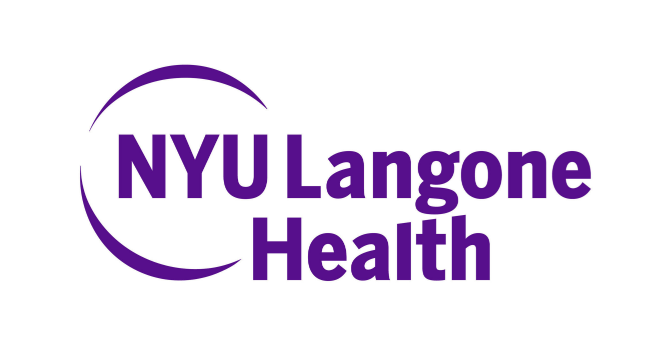
OR WAIT null SECS
Shaline Rao, MD: Dapagliflozin and The Role of SGLT2 Inhibitors
Evaluating the impact of DAPA-HF and other recent data that have changed the way cardiologists view the potential uses of SGLT2 inhibitors in patients with or without diabetes.
The bevy of trials and studies examining the use of dapagliflozin making headlines this year, the data from these analyses are providing the foundation for the clinician’s understanding of dapagliflozin and the SGLT2 inhibitor class as a whole.
Led by DAPA-HF, which was presented at ESC 2019 and demonstrated dapagliflozin showed benefit for heart failure patients with and without diabetes, new data released this year could be the start of a fundamental change in treatment of cardiovascular conditions with SGLT2 inhibitors in nondiabetics.
When talking about heart failure specifically, DAPA-HF showcasing dapagliflozin’s ability to reduce death and hospitalization by 26% in patients with heart failure and reduced ejection fraction with and without type 2 diabetes may have been the most impactful research released in 2019 across all of medicine.
For more on how the results of this study influence decisions made in practice and how clinicians treating nondiabetic patients interpret the implications of this data, MD Magazine® sat down with Shaline Rao, MD, heart failure cardiologist and assistant professor of Medicine at NYU Langone Health.
MD Mag: How impactful were the results of the DAPA-HF trial for treating heart conditions in patients with and without diabetes with SGLT2s?
Rao: So, dapagliflozin was recently studied in pretty landmark trial and the data was discussed in the last few national meetings and its come into pretty wide consideration because not only was it considered as a diabetes drug. When it was first studied, there were these cardiovascular benefits and it really asked the question of could dapagliflozin have additional benefits, even without diabetes. It's an interesting intersection of primary care and cardiology. Many of us in our training, we all do internal medicine, but as we go into subspecialties, our paths sometimes diverge. It's drugs like this, that really bring us back together to think about how all our illnesses are really related to each other.
I just alluded to the fact earlier that heart failure and diabetes really go hand in hand and now we really have a drug that is targeting these therapies and then building from that. So, I think the data was very compelling. We definitely see that in both diabetic patients and nondiabetic patients who had heart failure with ejection fraction that was reduced less than 40% with symptomatic disease, so they're New York Heart Association class 2,3, or 4. So, this is targeting a real-world population that we see in our practices all the time and offering a new pathway of therapy.
I do think it's important to highlight that this data is compelling, but it's on the background of existing guideline-directed medical therapy. So, this is not to underscore at all the value of what's already out there—It's very important that we continue to advocate for our patients to be on the best-tolerated doses of beta-blockers, ACE inhibitors, where appropriate aldosterone antagonism, where appropriate Entresto, which is angiotensin receptor blocker within a pearlescent inhibitor combination.
So, it's important to think about all those therapies first. They are very valuable, have incredible mortality and morbidity benefit, but I think at the practical level, we are going to have to decide how do we apply all these therapies to our heart failure patients. So, the study showed that you can improve heart failure-related hospitalizations and mortality and morbidity, which I think is incredibly important to have that kind of hard endpoint.
Now, we have to move forward and thinking about how do we add this to our patients' care and who are the right candidates. I don't think it will be the right choice for everyone, but for our patients in primary care practices and cardiology practices where we see reduced heart function where we see diabetes can be a very appropriate add-on therapy to improve outcomes. For nondiabetic patients who have heart failure for the right profile, which may be those who have bit more difficulty with volume management, there may be additional benefit in adding this therapy on because we didn't see a lot of hypoglycemia or side effects. So the fact that it was initially developed as a diabetes drug doesn't raise red flags that it will be dangerous in heart failure patients.
We don't fully understand the mechanism by which it's helping cardiovascular events and heart failure. There's some thought that in that the way the drug works is a glucose uric we are actually losing fluid. So, that may be one way in which we're helping our patients decrease that cardiac stretch and have better outcomes in heart failure.
So, I think the data is compelling, it is likely to be a class effect for SGLT2 inhibitors and I think it's really exciting to be able to have this tool in our toolkit for treating heart failure, and one that really spans across internal medicine—really uniting those of us who are in primary care and endocrinology and cardiology, all really together to have a drug that might have multiple benefits. I think we really like to see that in future pharmacologic therapies where we're really able to address more than one condition where patients take so many medications, as is.



